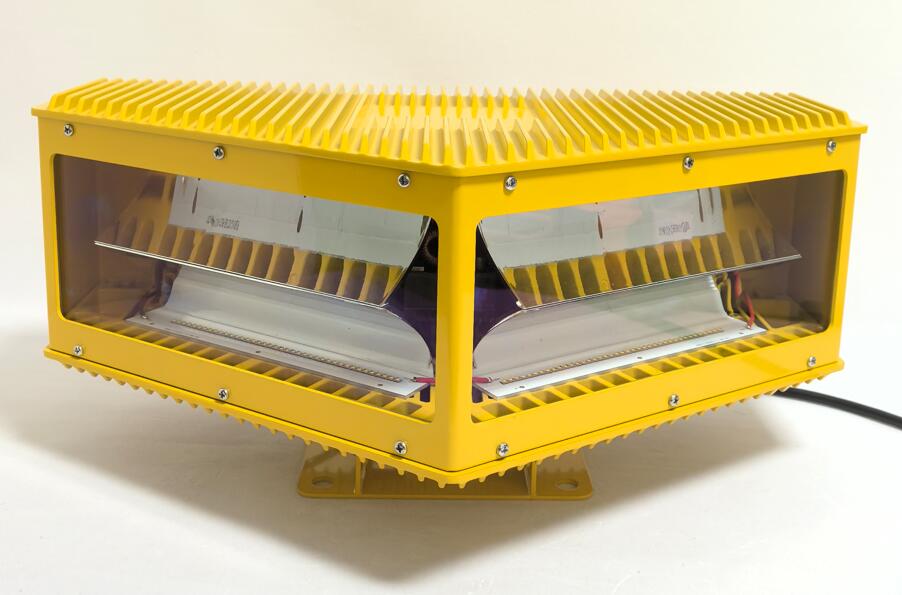FAA Lights: Essential Guide to Aviation Obstruction Lighting
Aviation safety relies heavily on proper visibility, especially at night or in poor weather conditions. FAA lights play a critical role in marking tall structures, ensuring pilots can identify potential hazards from a distance. This article explores the types, regulations, and applications of FAA lights in modern aviation.
What Are FAA Lights?
FAA lights (Federal Aviation Administration lights) are high-intensity lighting systems installed on structures like towers, buildings, wind turbines, and cranes to warn pilots of obstructions. These lights help prevent collisions by enhancing visibility in accordance with strict aviation safety standards.
Types of FAA Lights
The FAA categorizes obstruction lighting based on structure height, location, and purpose. The main types include:
1. Red Obstruction Lights (L-810)
Used for structures under 200 feet.
Steady-burning or flashing red LED lights.

Common on telecom towers and urban buildings.
2. Medium-Intensity White Strobe Lights (L-864/L-865)
For structures between 200 and 500 feet.
High-visibility white strobes for daytime and twilight use.
| faa lights |
Often paired with red lights for nighttime marking.
3. High-Intensity White Strobe Lights (L-856/L-857)
Required for structures exceeding 500 feet.
Extremely bright flashes visible from long distances.
Used on skyscrapers, broadcast towers, and wind farms.
4. Dual Lighting Systems (Red & White Combination)
Combines steady red lights with white strobes.
| faa light |
Ensures visibility in all conditions.
FAA Lighting Regulations & Compliance
The FAA mandates specific lighting configurations based on:
Structure height – Taller structures require brighter lights.
Location – Proximity to airports demands stricter lighting standards.
Surrounding terrain – Obstacles in hilly or remote areas need enhanced visibility.
Key FAA standards include:
AC 70/7460-1L – Defines obstruction lighting requirements.
ICAO Annex 14 – Aligns with international aviation lighting standards.
Light intensity & flash rate – Must meet FAA-specified thresholds.
Applications of FAA Lights
1. Telecommunications Towers
Ensure aircraft avoid tall antenna structures.
Use red FAA lights (L-810) or white strobes (L-865).
2. Wind Turbines
Wind farms require FAA lights to mark turbine clusters.
Typically use synchronized white strobes.
3. Skyscrapers & High-Rise Buildings
Buildings near airports must comply with strict lighting rules.
Dual lighting systems (red + white) are common.
4. Cranes & Temporary Structures
Construction cranes must have FAA lights if they exceed certain heights.
Temporary lighting solutions are often used.
Advancements in FAA Lighting Technology
Modern FAA lights incorporate:
LED technology – Longer lifespan, lower energy consumption.
Automatic brightness control – Adjusts based on ambient light.
Remote monitoring – Allows real-time status checks.
FAA lights are a non-negotiable component of aviation safety, ensuring that pilots can navigate around obstacles with confidence. By adhering to FAA regulations and utilizing advanced lighting technology, industries can enhance safety while minimizing risks. Whether for permanent structures like skyscrapers or temporary installations like cranes, proper obstruction lighting saves lives and protects infrastructure.
